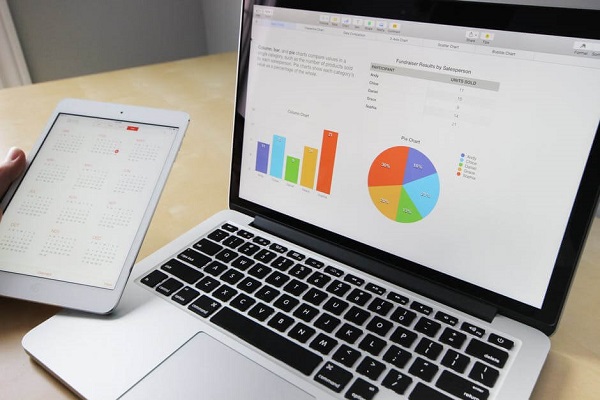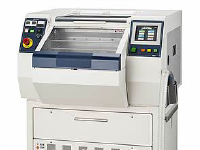
Chances are your company is swimming in data. From handwritten notes to computer-generated information, you have a ton of data that can be used to gain new insights, make important businesses decisions and sometimes even predict the future.
On the surface, this large amount of data is simply a benefit, but it comes with one major caveat: with so much information, it’s often challenging to find a pragmatic way to leverage data for business optimization.
Fortunately, with some guidance, you too can get a handle on what Big Data is and what it’s capable of.
What is Big Data?
Big Data often overwhelms business owners because it is such a comprehensive term. Although it is all-encompassing in many ways, experts have been able to characterize all of Big Data in five words: volume, velocity, variety, veracity, and value.
Every second, a vast amount of data is generated. For example, as soon as you clicked on this article, your web browser experienced an influx of data. As you read this article, your time on the web page is being tracked and that data tells the website owners how their audience experiences the service they offer. You alone generate a massive amount of data every second, and everyone around you is also contributing to this Big Data.
Not only does Big Data contain an exponential volume of data, but the velocity at which information needs to be processed increases daily. A great example of this is sensor data. Currently, sensors all over the world transmit tiny bits of data at a nearly constant rate. More sensors are added internationally every day, increasing the speed at which data needs to be processed.
As mentioned above, everything from a handwritten note to an email represents data. Overall, Big Data’s variety can be broken down into three categories—unstructured, structured and multi-structured. Unstructured data is made up of information that’s not easily interpreted by traditional databases and models.
A social media post is an example of unstructured data. Structured data is generally a defined length and format. For example, your date of birth is a piece of structured data. Multi-structured data comes from the interactions of people and machines. The information about how you interact with websites is an example of multi-structured data.
Veracity is arguably one of the most important parts of Big Data. Interestingly enough, it’s also one of the biggest challenges Big Data users face. With so much information, it’s hard to control for quality and accuracy.
Furthermore, the plethora of information that is collected by companies means that every object of data collection has numerous attributes. With so many attributes, it can be difficult to determine which ones are actually influencing objects. Fortunately, several companies have started to tackle this issue, one of which is discussed below.
The final component of Big Data is value. In some ways, this characteristic is simply a culmination of the other four facets of Big Data. Understanding Big Data is important, but if you can’t turn your knowledge into insights, then it has no real value.

Businesses and Big Data
Big Data can deliver value in about every way you could want. For example, Big Data helps police forces deploy resources based on insights from their own intelligence and public data sets. The agricultural industry is currently using Big Data to maximize their crop yield and minimize the amount of pollutants they produce.
Another popular use for Big Data is optimizing marketing campaigns. Big data can help your company understand exactly who’s buying from your business and why.
It allows you to understand demographic information about your customers, such as their ages and income brackets, and it provides you with psychographic information, too, such as what impacts a customer’s buying decisions. With all of this information in mind, you can create an informed marketing message that positions you for success.
Reaping the maximum reward
If you’re like the majority of companies, your data is everywhere—from countless spreadsheets to unorganized emails. Accessing, organizing and verifying all of your information is a lengthy process. As such, by the time you create your reports and draw insights, your data is often stale.
Fortunately, you can start to reap the rewards of Big Data analysis without a complete overhaul of your current procedure. Companies like VisualCue can help you bring all of your data to one place. Through clear visualizations, your company will be able to operate on real-time information from an all-in-one, easy-to-understand tool.
The applications of Big Data are endless, but a lot of companies leave its value on the table. Adapting to more data than ever before seems like a difficult adjustment, but with the right know-how and tools, any company can leverage the benefits of Big Data.
By:


















